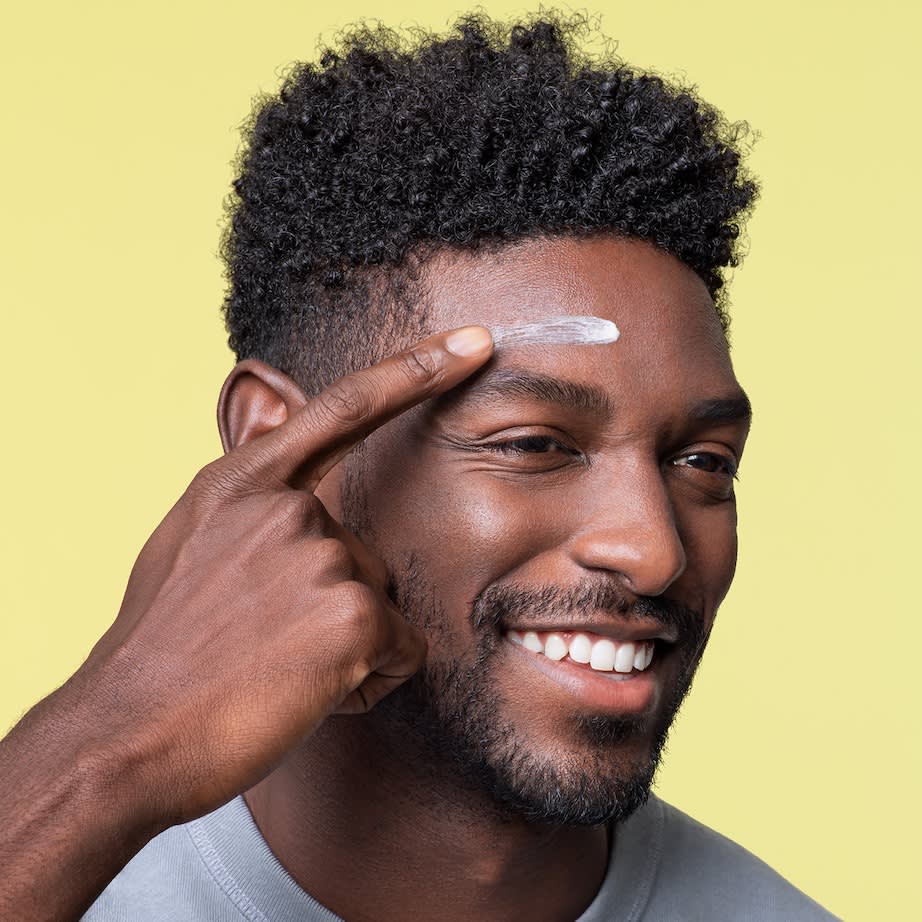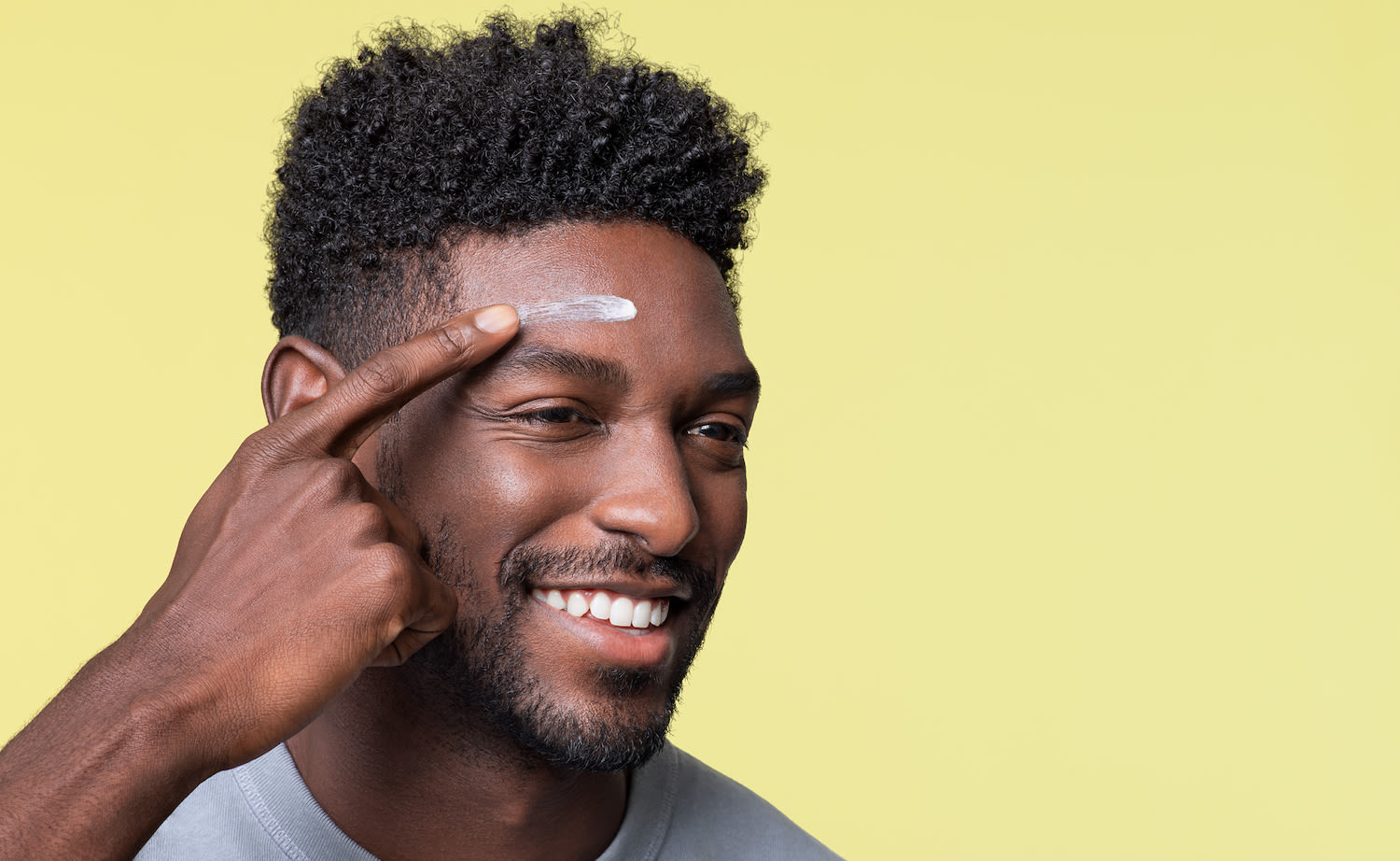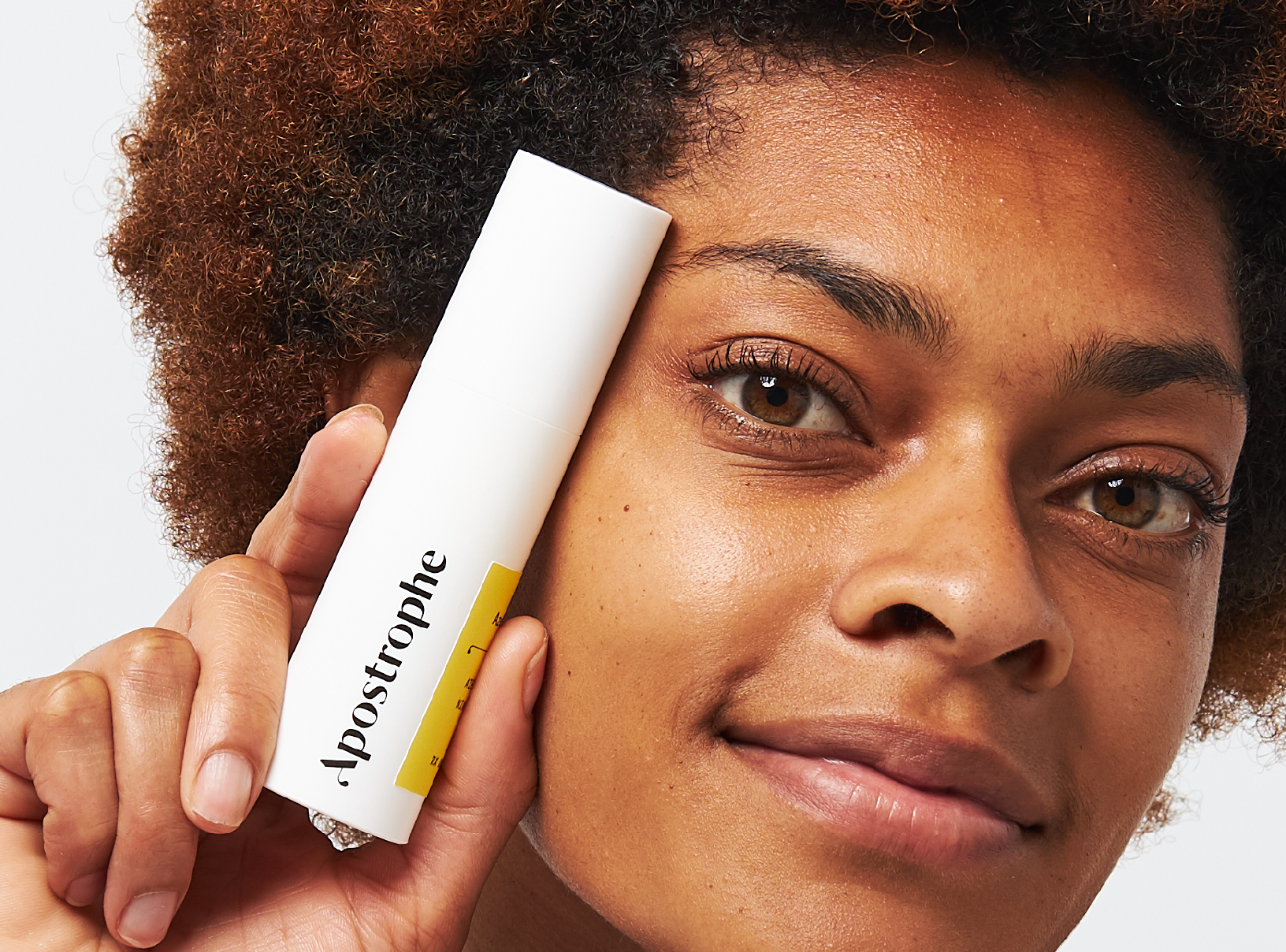Education
A Beginner's Guide: Part 2 - Sunscreen Application 101


SHARE
Education
A Beginner's Guide: Part 2 - Sunscreen Application 101
Medically reviewed by Aimee Paik, MD
Written by Apostrophe Team
Last updated 10/1/2024
In part one of our ultimate sunscreen guide, we went deep on radiation, the type of damage it can do to your skin, and how to find the right sunscreen for you. Part two is all about application – there’s no point in having the perfect sunscreen if you don’t use it correctly! Read on to learn how to maximize on your sun protection once you’ve tracked down the perfect product.
The 7 laws of sunscreen application
Follow these rules to get the most out of your sunscreen.
Wear it everyday. Even when you’re not exposed to direct UVB rays, those UVA’s are always beating down on your skin. UVA rays penetrate windows and clouds so it’s still necessary to apply sunscreen on overcast or indoor days.
Give yourself some prep time. Many of the sunscreens out there today have both physical and chemical filters: the active ingredients that stop UV’s. If you’re applying any other skin products (acne treatment, exfoliants, etc.) make sure to give them 15 minutes to be absorbed by your skin before applying sunscreen. If you’re applying makeup, apply the sunscreen first.
Apply liberally to all exposed body parts. You probably need to apply more sunscreen than you think. A lot more. To effectively guard against UV’s you need at least a quarter of a teaspoon on your face (or 2-3 finger lengths) and about an ounce of sunscreen on your body; that’s about a shot glass’ worth of sunscreen!
Pat don’t rub. Most people rub in sunscreen, but patting has many benefits:
Creates a uniform layer of sunscreen to give your skin surface equal protection.
Reduces any irritation, particularly if you are breaking out.
Gives your makeup an even surface to adhere to.
Reapply. The American Academy of Dermatology recommends that you reapply sunscreen every two hours. However, this isn’t specific enough for us. The following rules should cover when to reapply sunscreen: After two hours - while outdoors, regardless of SPF or water resistance. After you swim/sweat - depending on the water-resistance of the product which is either 40 or 80 minutes. If it’s not water-resistant, the product will have a warning on the back “to apply a water-resistant sunscreen if you’re swimming or sweating.” After a midday workout or shower - Many people forget to reapply if they workout or bathe and there is sunlight left.
Don’t forget the hands, ears, and neck. Self explanatory, but easy to forget!
Wash it off properly before bed. Sunscreen should be washed off before bed to avoid unnecessary pore clogging and/or irritation, particularly if you struggle with acne or other blemishes.
More sun protection tips just for you
While sunscreen is the cornerstone of sun protection, the first line of defense is to develop good habits that help you minimize your exposure to ultraviolet radiation. Make these changes and you’ll greatly reduce your likelihood of premature wrinkling and skin cancer:
Shady is the new cool. Shade almost eliminates most direct exposure of UVB rays. At the beach, park, court, slopes, outdoor mall, or wherever… always seek shade or bring it with you.
Sun protection… but make it fashion. Reduce your risk by 27% by covering up. Opt for hats, long sleeves, and pants when you can.
Don’t get burned. Your risk of melanoma doubles if you’ve had five or more sunburns. 42% of people reported getting sunburned at least once a year. Don’t let it be you.
DO NOT TAN! There is no such thing as a healthy tan. Tanning early in life causes leathery, aging skin as early as your 30’s. Healthy skin is sexier than a tan.
Rock some shades. Whether you’re rocking cat-eyes or RayBans, sunglasses protect your eyes and the shallow skin around them from UV’s.
Plan around primetime. Primetime UVB exposure occurs from 10am – 4pm. Plan your outdoor activities for the morning or late afternoon.
Get your Vitamin D safely. Your body creates Vitamin D from sun exposure, so if you’re awesome and integrating the tips above, you’ll need to get it from your diet or supplements (600 IU is the recommended daily dose). Dr. Aimee Paik adds that "Vitamin D is always made at the expense of your skin. The same rays that make vitamin D also cause skin cancer. As our life spans have gotten longer, we need to keep our skin healthy for longer periods of time. It is best to get vitamin D through a supplement."
What’s your best sun protection secret? Share it with us on Twitter at @hi_apostrophe!
1. Topical sunscreen agents. DermNet New Zealand. https://www.dermnetnz.org/topics/topical-sunscreen-agents/. Accessed February 26, 2019. 2. Sun Safety. American Skin Association. http://www.americanskin.org/resource/safety.php. Accessed March 4, 2019. 3. Vitamin D and your health: Breaking old rules, raising new hopes. Harvard Health Blog. https://www.health.harvard.edu/newsletter_article/vitamin-d-and-your-health-breaking-old-rules-raising-new-hopes. Published February 2007. Accessed March 4, 2019. 4. Wear Sunscreen the Right Way. Skinacea. http://www.skinacea.com/sunscreen/wear-sunscreen-right.html#.XH12lJNKgnU. Published September 12, 2012. Accessed March 4, 2019.
Like what you just read? Sign up for our email list to get the scoop on skincare science delivered straight to your inbox.

Deep Dives
A dermatologist shares his thoughts on the recent studies about benzoyl peroxide and benzene.
Read More
Education
What is milia?
What is milia? Today, we’re jumping into one type of bump that you may have heard about most commonly in infants — milia.
Read More
Education
Best moisturizer for acne-prone skin
If you have combination acne-prone skin, figuring out which moisturizer is best for your skin might be tough. In this guide, we break down the best moisturizer for combination, acne-prone skin.
Read More